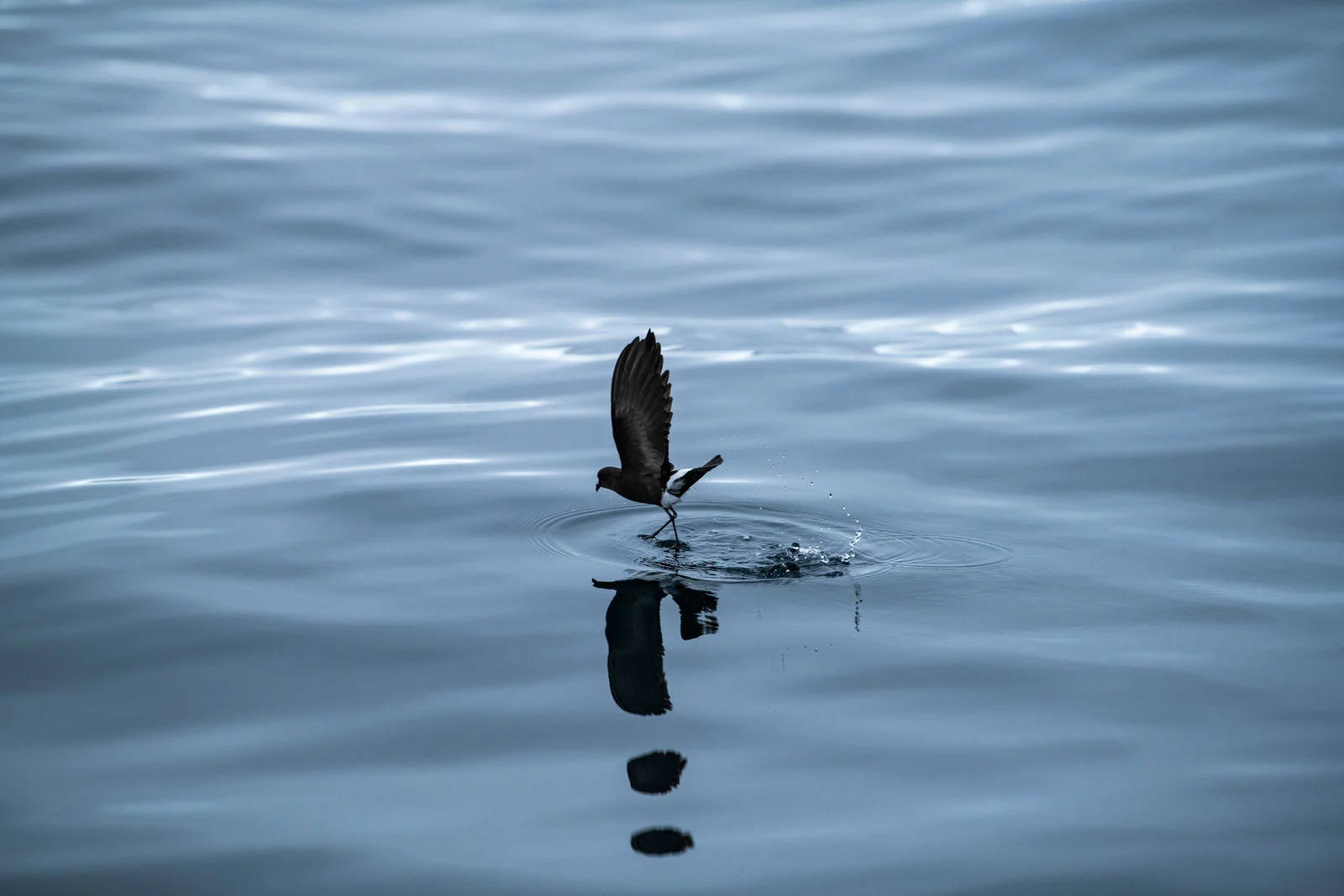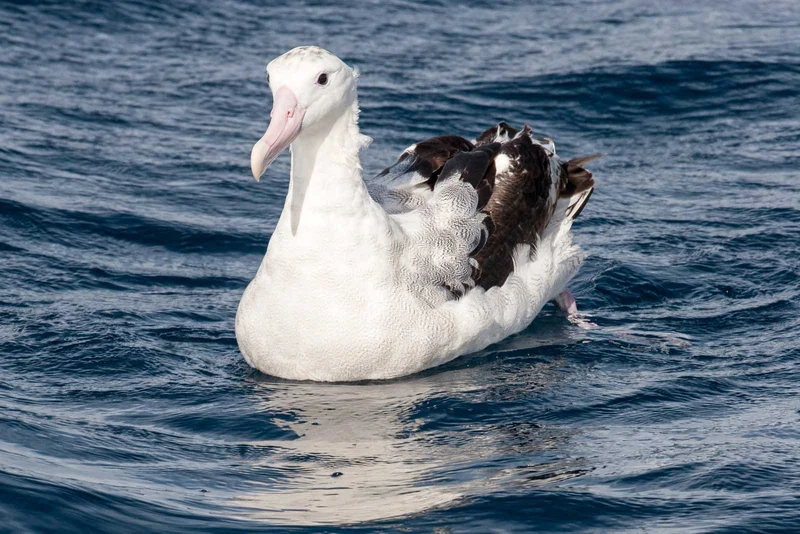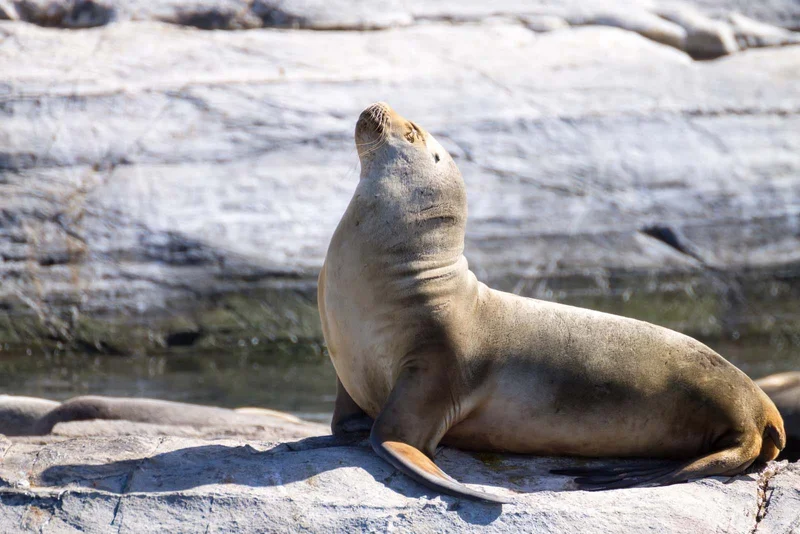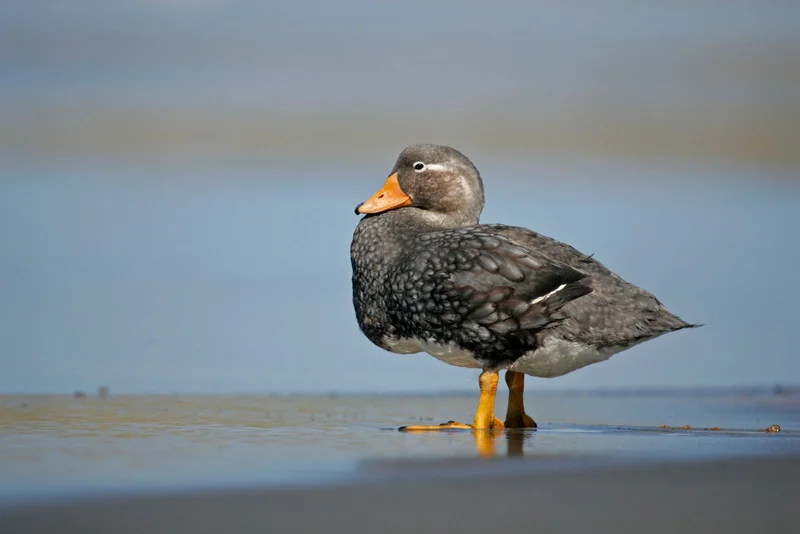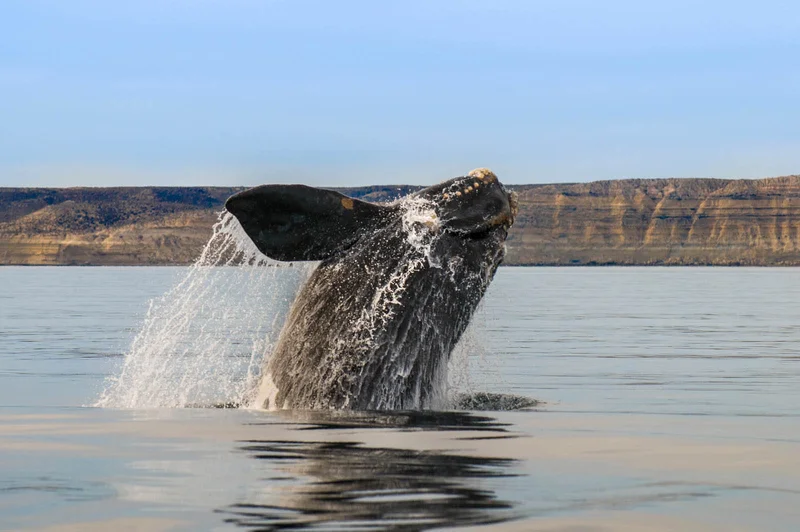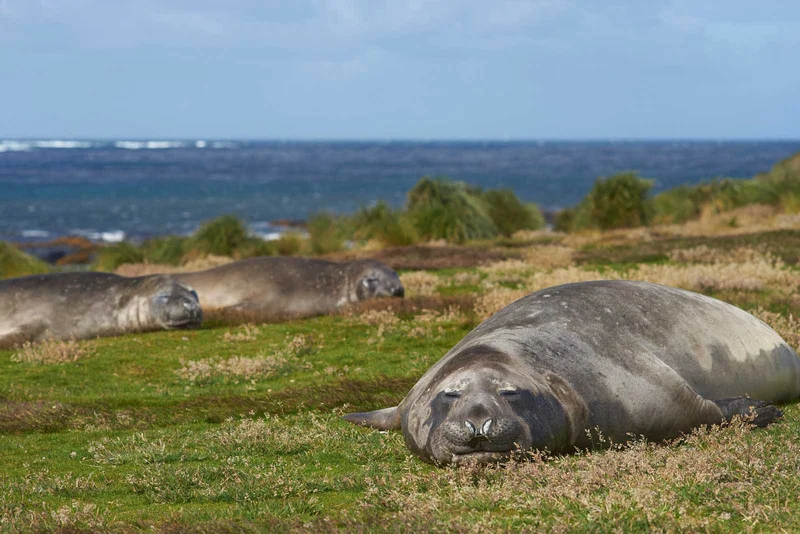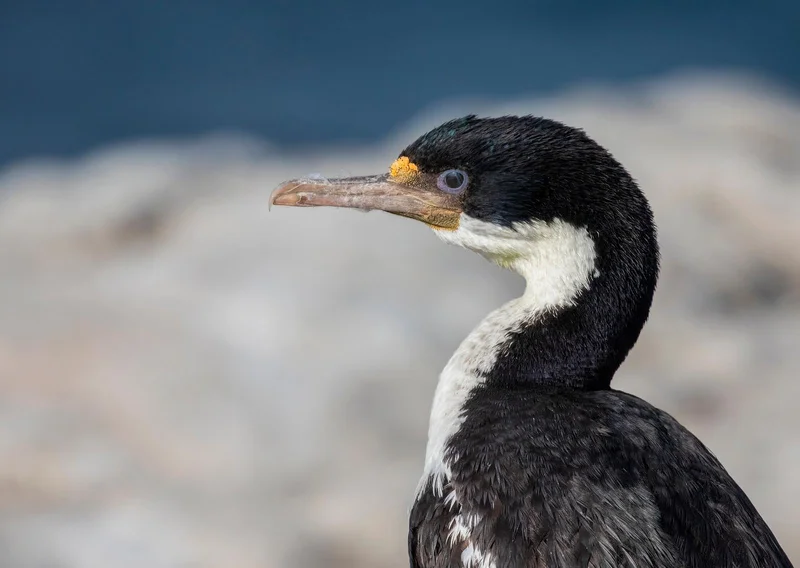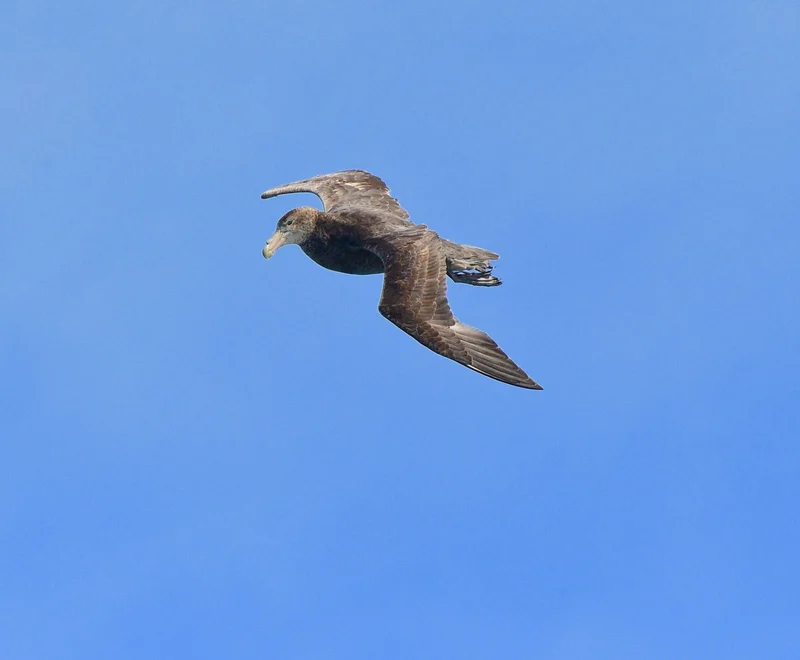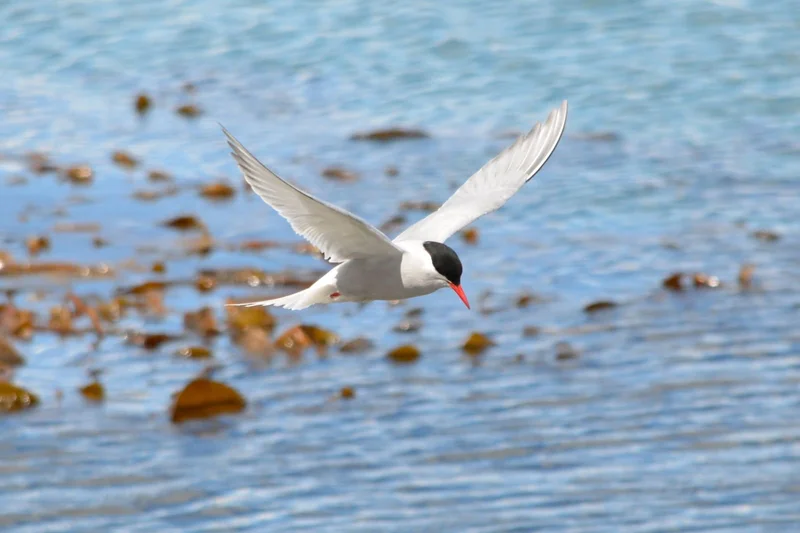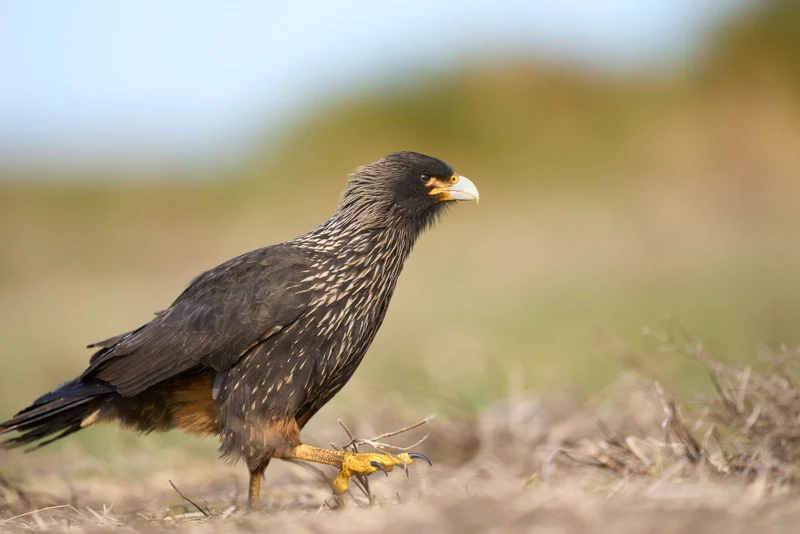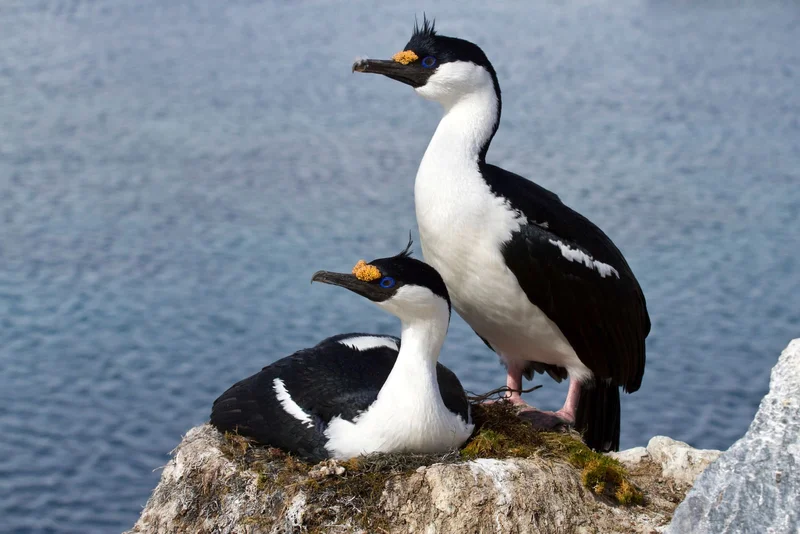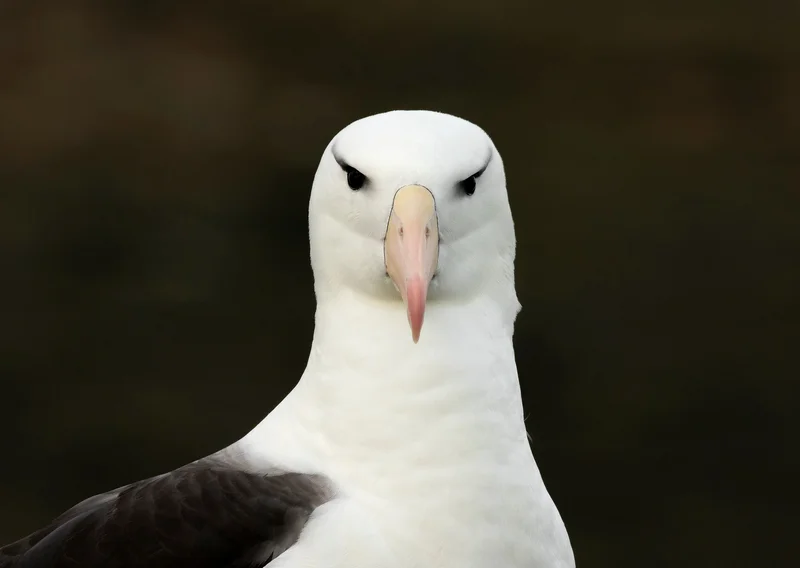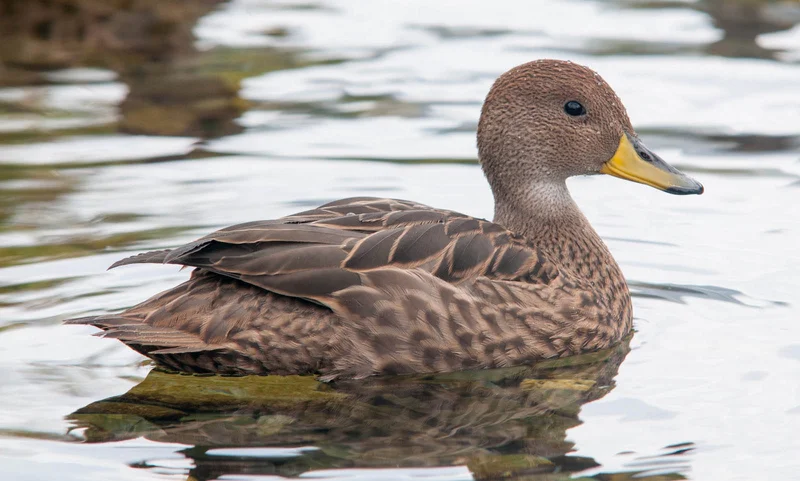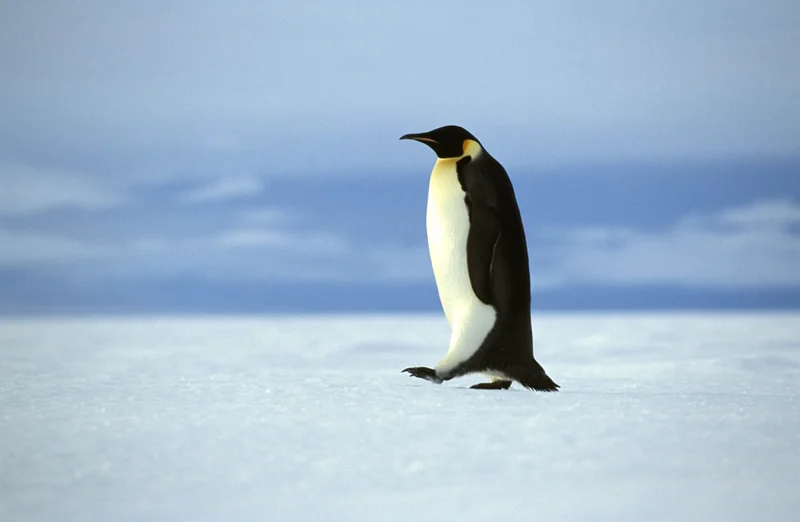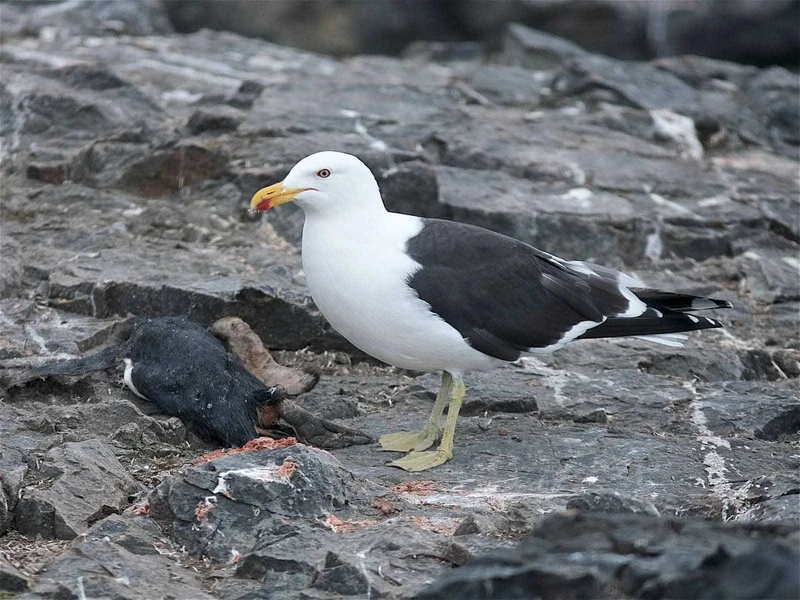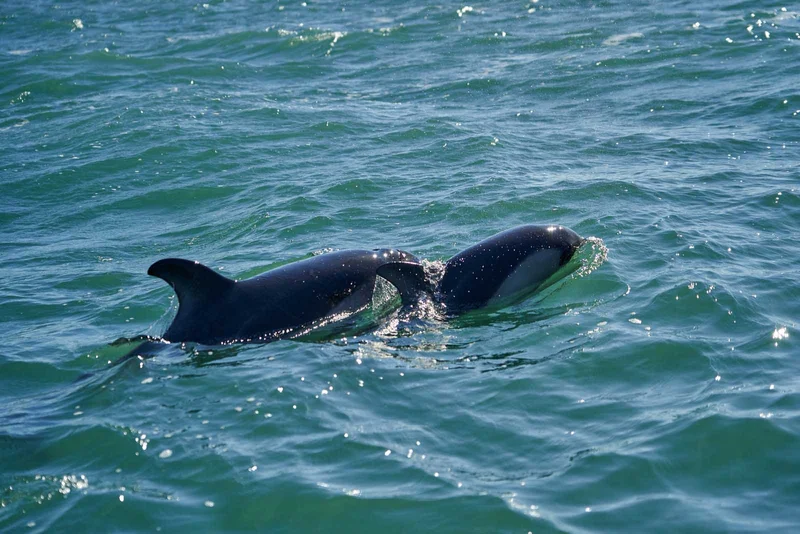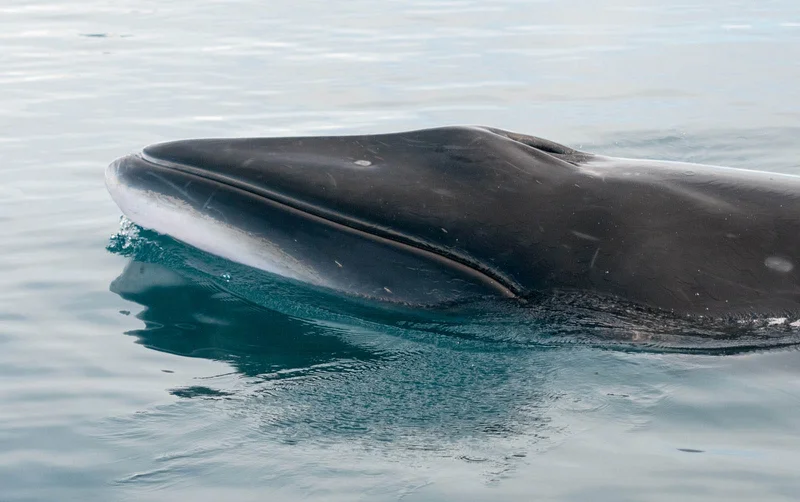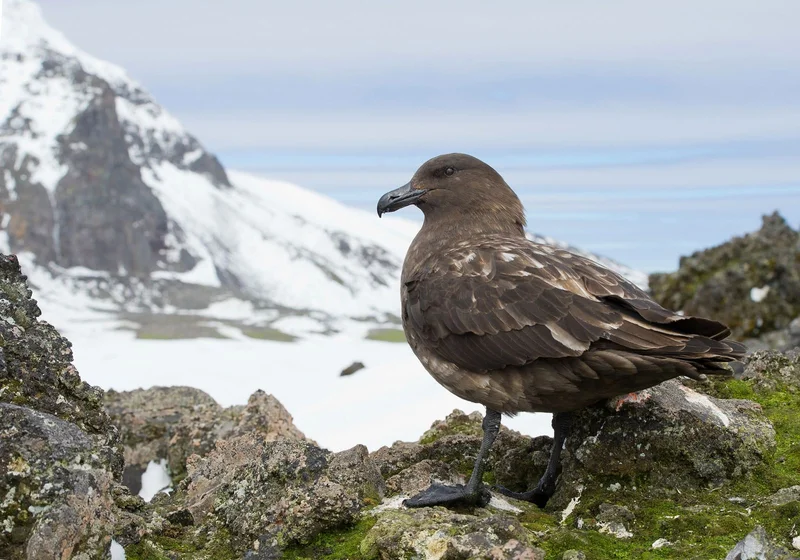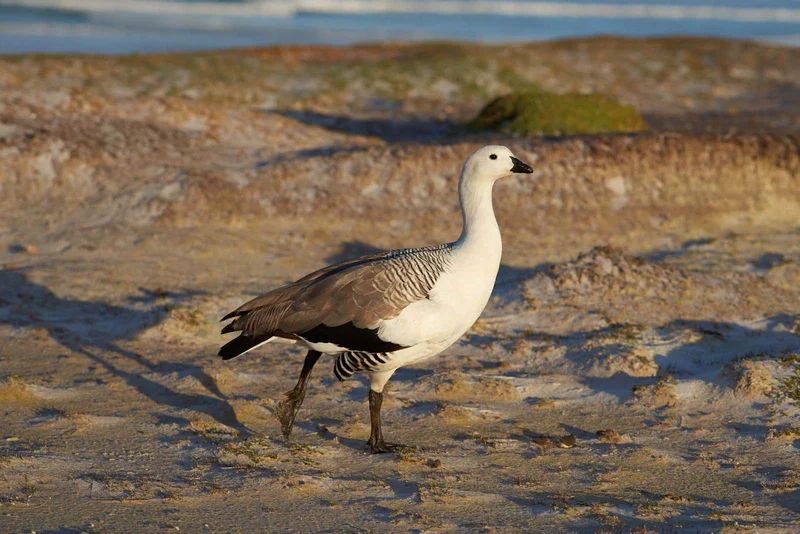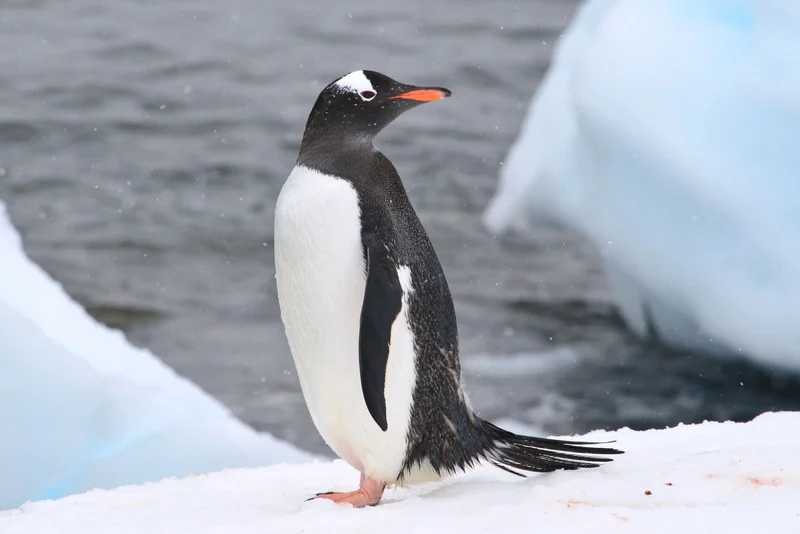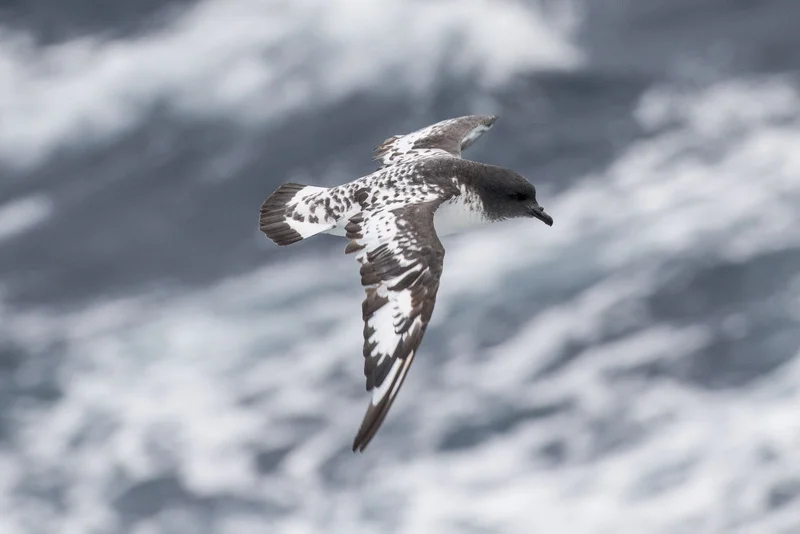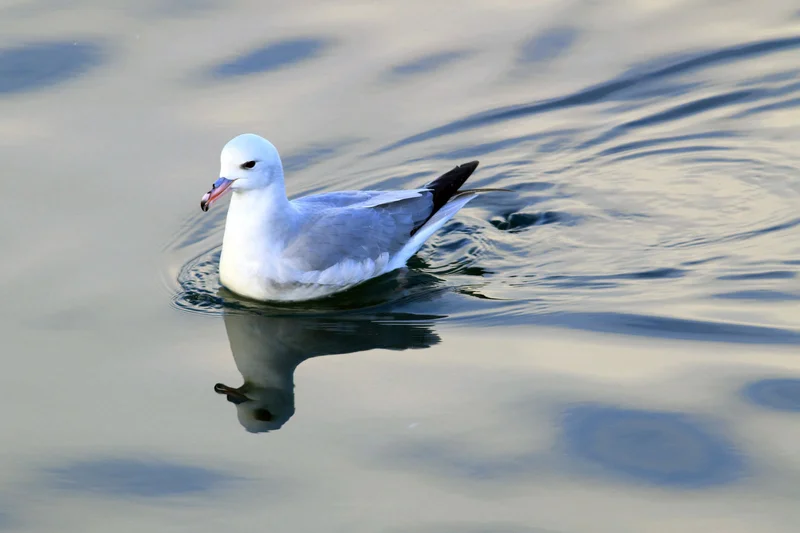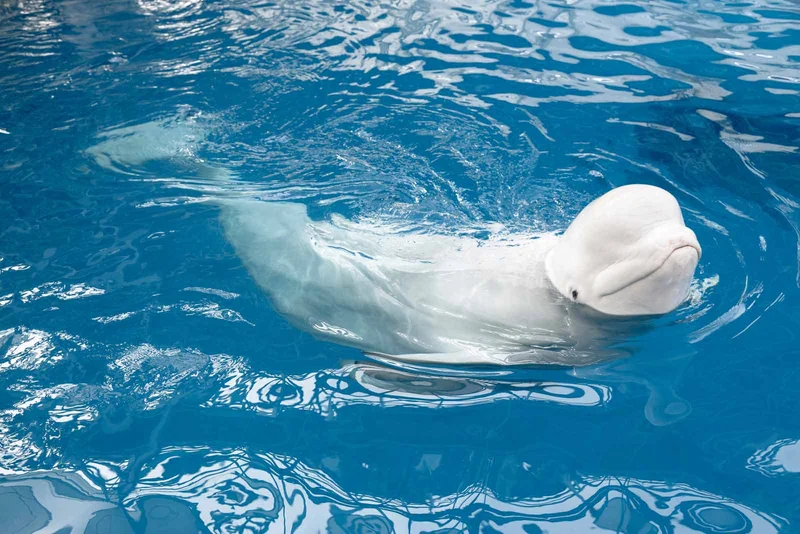Essential Wilson’s Storm Petrel Information
Wilson’s Storm Petrel is a small seabird native to the circumpolar region, often seen hovering just above the water’s surface. With an estimated population exceeding 100 million individuals, it is one of the most abundant bird species on Earth. Named after Scottish ornithologist Alexander Wilson, this bird is known for its long migrations, remarkable for its small size.
Physical Characteristics
Wilson’s Storm Petrels are around 18 cm (7 inches) in length, with a wingspan of approximately 40 cm (16 inches). They have dark brown plumage, with a white rump area that stands out in flight. Their webbed feet have distinctive yellow coloring, and they possess long, slender legs, though these are not made for walking.
Feeding and Behavior
These petrels feed by picking small crustaceans, such as krill, from the water’s surface. They use their wings and feet in a unique way, almost appearing to "walk on water" as they hover and flutter above the ocean. They also occasionally take small fish, diving just below the surface to catch them. Despite their small size, they are skilled fliers and often follow ships, making soft "peep" calls.
Breeding and Habitat
Wilson’s Storm Petrels nest in colonies along the Antarctic coast and nearby islands, like the South Shetlands. They choose small rock crevices or burrows for their nests and lay a single egg. Due to their limited ability to walk, nests are strategically located near take-off points to minimize movement.
Migration and Life at Sea
Outside of the breeding season, these birds spend their entire lives at sea. Their migration patterns are extraordinary for such small seabirds, with some even completing circuits of the Atlantic Ocean, traveling into the northern hemisphere during migration.
Interesting Facts
- Walking on Water: They appear to "walk on water" as they feed, using their feet and wings to bounce on the ocean surface.
- Long-Distance Migrants: Despite their small size, Wilson’s Storm Petrels migrate long distances, with some traveling into the northern hemisphere.
- Vast Population: With over 100 million individuals, they are among the most abundant bird species worldwide.
